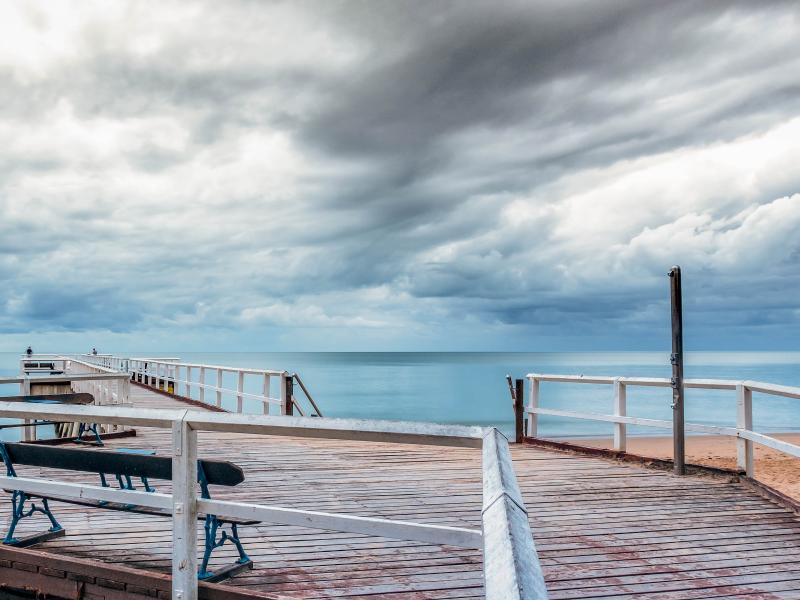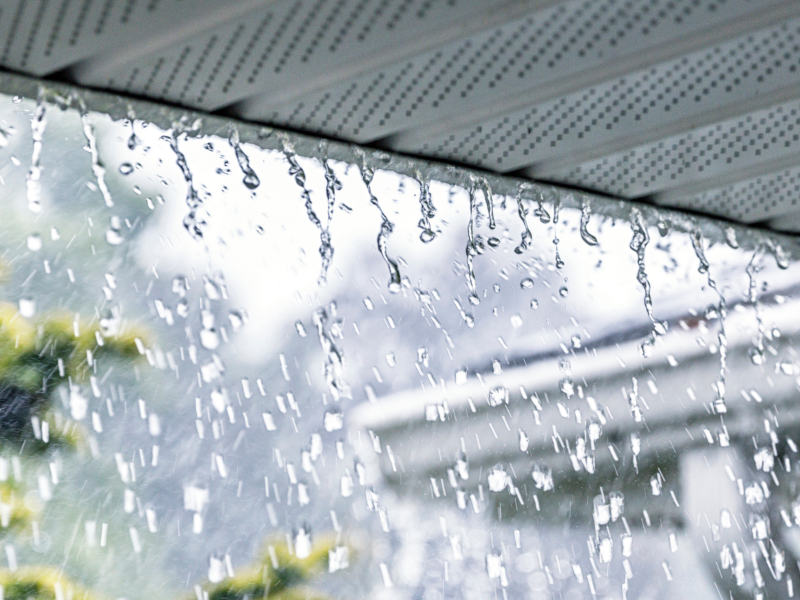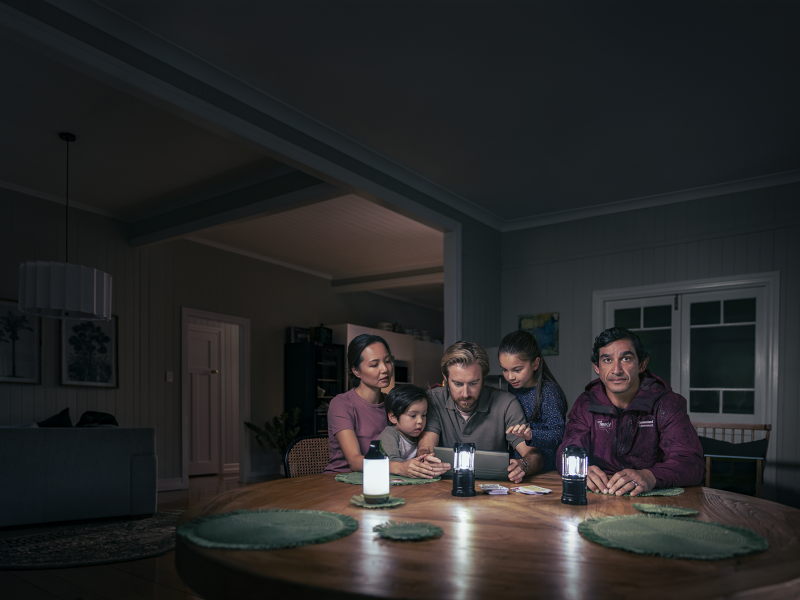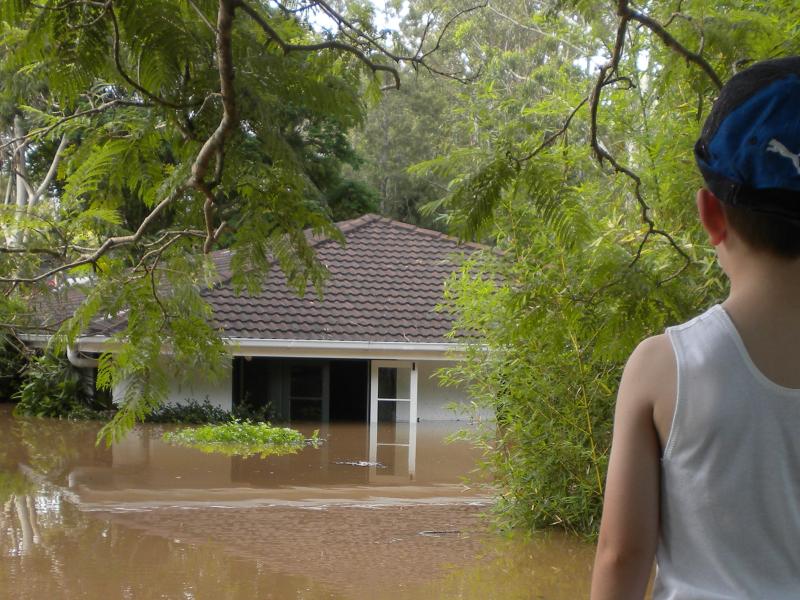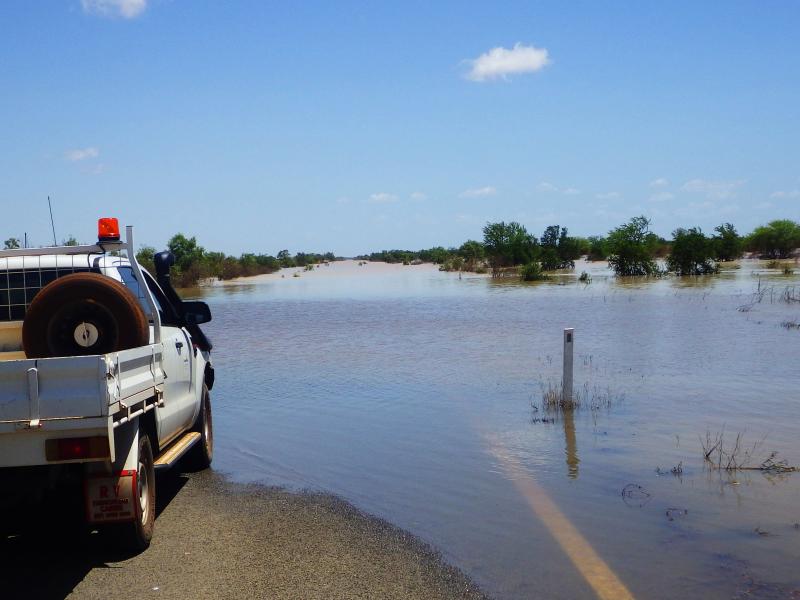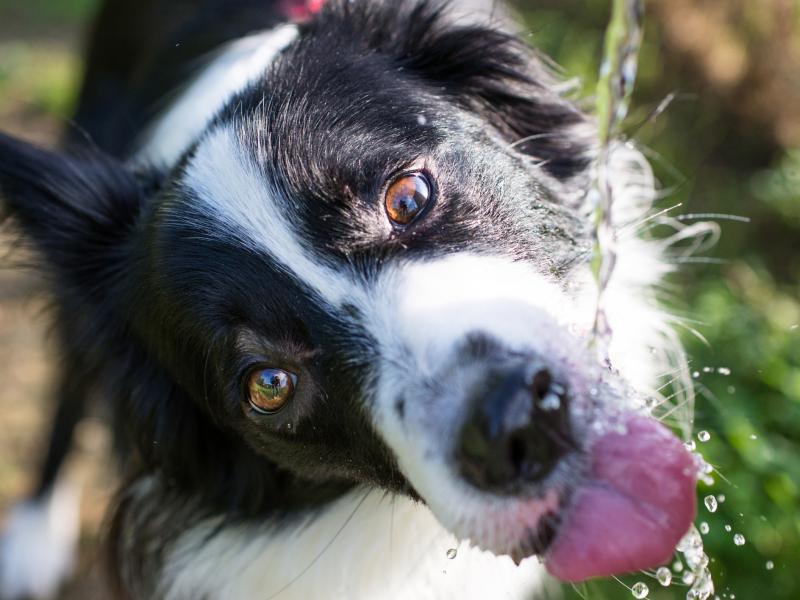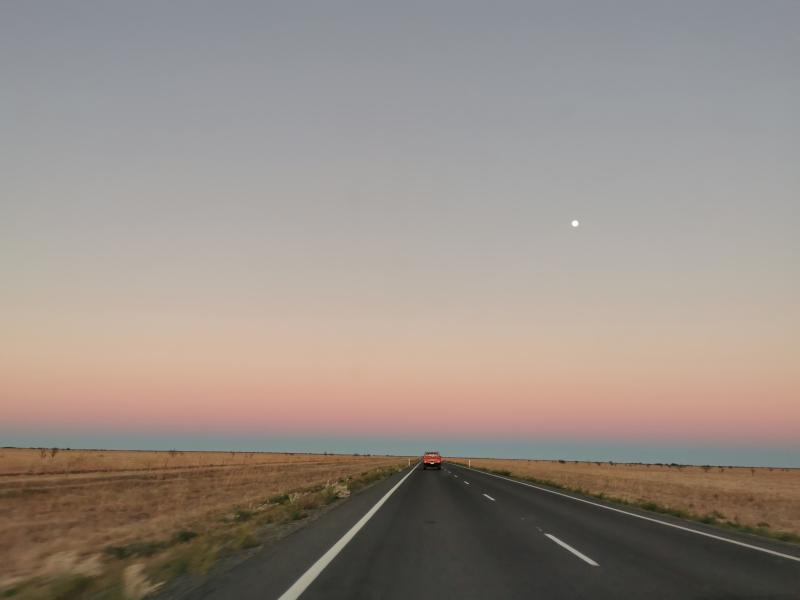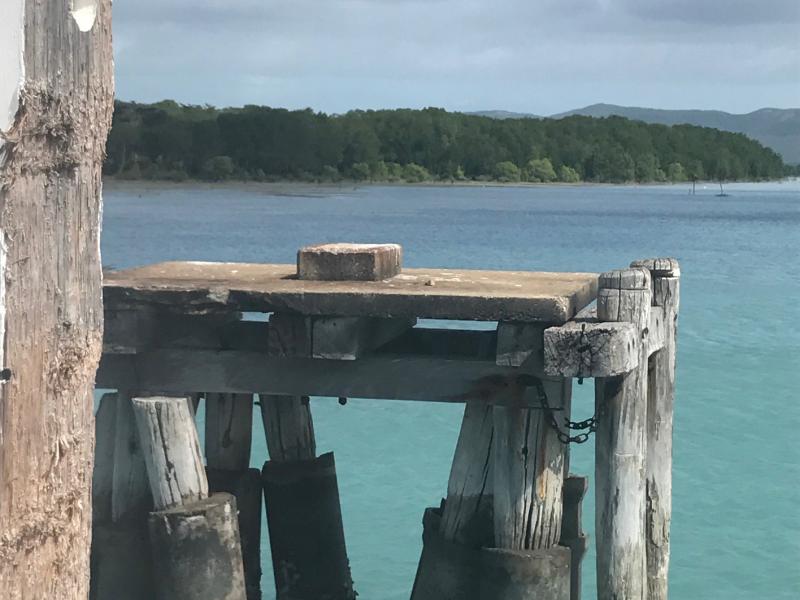Natural disasters happen in Queensland more than any other state. Understand your risk of being impacted by extreme weather and how to get ready.
Getting To Know The Risk of Disaster In Queensland
If you have lived in Queensland all your life, have recently moved here or just landed for your holidays, it’s important to understand and keep reassessing your disaster risk, which varies depending on where you are in Queensland and your personal circumstances.
Since 2011, Queenslanders have faced 100 disaster events including storms, fires, cyclones, storm tides and floods. These disasters have impacted almost every corner of the State and cost more than $20 billion in insurance claims.
Queensland’s sub-tropical and tropical climate means that people’s experiences of natural disasters are very different to other parts of the country. Visitors or new residents can find Queensland’s weather patterns confusing. For example, in southern states the winters tend to be wetter than in summer, with dryer periods leading to fire risk. In contrast, Queensland’s wet season tends to occur in the summer months, which is why fire risk is greater in winter through to spring.
Depending on your location you need to be mindful of different risks. For example, the coastal areas north from Bundaberg are the most susceptible to cyclones. However, the accompanying wind and rain from weakening cyclones can affect communities throughout all parts of Queensland.
Which Type of Queenslander Are You?
All Queenslanders need to keep up to date on the possible risks they face and how they can Get Ready.
Select one of the options below to find information that best suits your living experience in Queensland.
New to Queensland
As a new resident it’s important to learn about your new surroundings and the natural environment. This can be difficult in urban built up areas where flooding and bushfire risks can be difficult to see.
Two important steps to take when moving to Queensland include:
- Contact your local council to find out about natural disasters that may impact your home or local area.
- Talk to your neighbours and people in your community to see if there is a history of disasters in your area.
Once you know the risks in your area, you can take steps to find out how best to protect your property, possessions, business and family during a disaster.
Queensland residents
Long-term Queenslanders know their local environment well and the potential disasters they may face. They know the history of the disasters that have occurred in their area either through personal experience, or through stories shared.
However, this can all change when people relocate to a new area.
The easiest way to be sure of your risk to natural disasters is to contact your local council. Your council will be able to tell you if the property you are living in is at risk of flood, bushfire, cyclone or storm tide.
Once you understand your local risk you can consider what you should do to reduce the potential impact of a disaster on your family, your home and possessions.
Queensland residents can help visitors to our State understand the unique and diverse natural environment and the potential risks they may face. If you work or study with someone visiting Queensland, you can help by talking to them about what to expect during the disaster seasons and helping them to prepare.
Visitors to Queensland
The news is regularly reporting stories of holiday makers being impacted by natural disasters. However, when planning a holiday it is generally not front of mind to prepare for potential disasters. Visitors can be the most vulnerable members of our community in a disaster situation.
When planning your travels, especially at peak disaster seasons, make sure you check out the local council websites of the areas you are visiting to find out about how best to prepare should a disaster hit. If you are taking a road trip make sure you have a road trip emergency kit.
